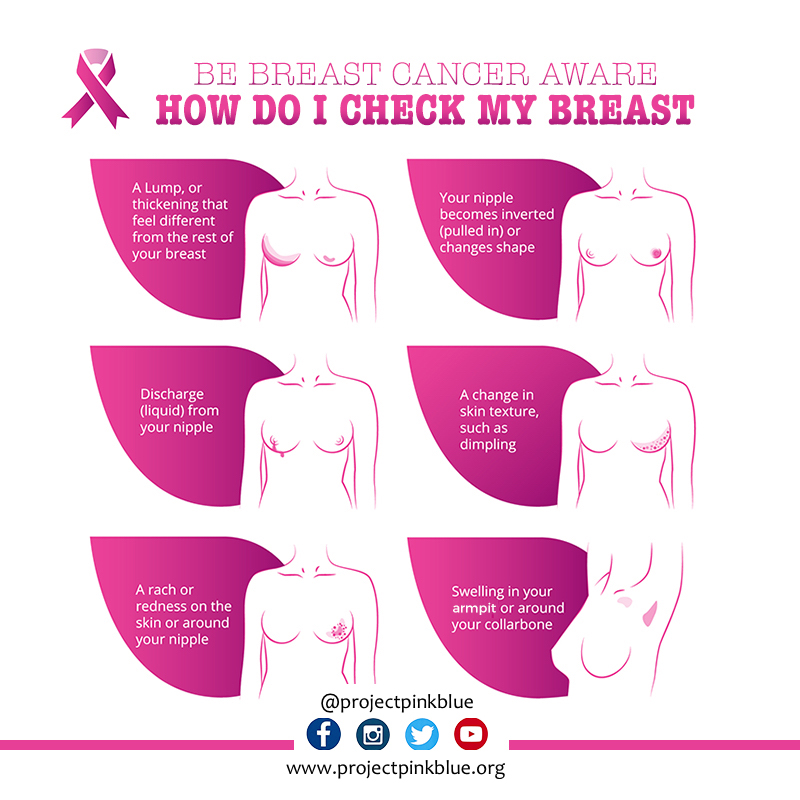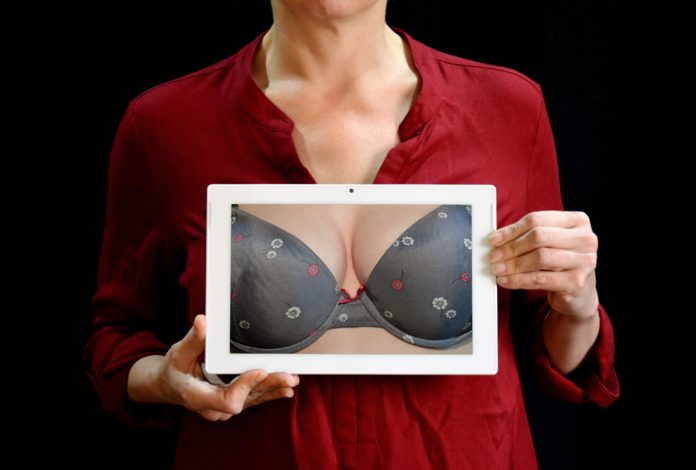In India, breast cancer is the new cervical cancer. Late pregnancies, lack of awareness and a non-starter of a national screening programme have made breast cancer the most common female cancer in India – a position earlier held by cancer of the cervix. It accounts for 10% of all cancer cases.
According to estimates of Indian Council of Medical Research (ICMR) about 150000 new cases of breast cancer are recorded every year in India. Ironically breast cancer is one of just handful of cancers for which patients can be screened – screening refers to the examination of asymptomatic people so as to catch a disease early – and this can make a dramatic difference in outcomes. However a programme launched in 2010 for cancer screening never took off and earlier this year the government announced a plan for universal screening in 100 districts.
Till screening becomes truly universal, breast self examination can be a very powerful ally for women in India.
Here’s all you need to know

What is Breast self – examination?
Breast self-examination involves the checking of breasts for any lumps (swelling) or changes which include change in size or shape of breasts, nipple discharge (sticky or bloody discharge) or nipple changes (inverted) and skin changes such as itching, redness, scaling, dimples or puckers on the breasts. Doing breast self-examination regularly will give you an idea how your breasts normally feel and make it easier to notice changes. Lack of early detection of breast cancer leads to low survival rates in less developed countries like India. Breast self-examination (BSE) is a simple, quick, and cost-free procedure for early detection.
What is the breast self-examination protocol?
- Lie down without any clothes on your upper body. Check your entire breast by feeling all of the tissue from the collarbone to the bottom of the bra line and from the armpit to the breastbone.
- Use the pads of your three middle fingers-not your fingertips to check the breasts. You can use an up and down pattern or a spiral pattern, moving your fingers slowly in small coin-sized circles.
- Use three different levels of pressure to feel all of your breast tissue. Light pressure is needed to feel the tissue close to the skin surface. Medium pressure is used to feel a little deeper, and firm pressure is used to feel your tissue close to your breastbone and ribs.
When in doubt about a particular lump, check your other breast. If you find the same kind of lump in the same area on the other breast, both breasts are probably normal.
In addition to examining your breasts while lying down, also check them while in the shower. Soapy fingers slide easily across the breast and may make it easier to feel changes. While standing in a shower, place one arm over your head and lightly soap your breast on that side. Then gently move your fingers over your breast, feeling carefully for any lumps or thickened areas. The best time to examine the breasts is one week after the start of menstrual period as the breasts are less likely to be swollen or painful.
What to remember while interpreting breast self-examination findings?
Most breast lumps are noncancerous and can be fibroadenomas or simple inflammation of breasts, also known as mastitis. Breast self-examination is to be followed by clinical breast exam by your doctor or nurse in case of suspicious lumps or changes in the breast. Screening by Mammograms (an X- ray of the breast) are the best way to find breast cancer early, when it is easier to treat and before it is big enough to cause symptoms. Having regular mammograms can lower the risk of dying from breast cancer.



Just desire to say your article is as astonishing.
The clearness for your submit is simply spectacular and that i could
think you’re an expert on this subject. Well with your permission allow me to grasp your feed to
stay updated with imminent post. Thank you 1,000,000 and please keep up the gratifying work.